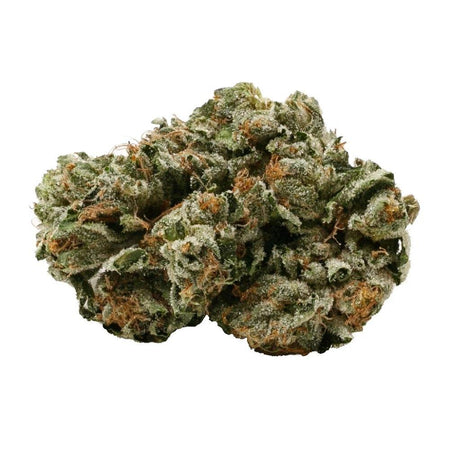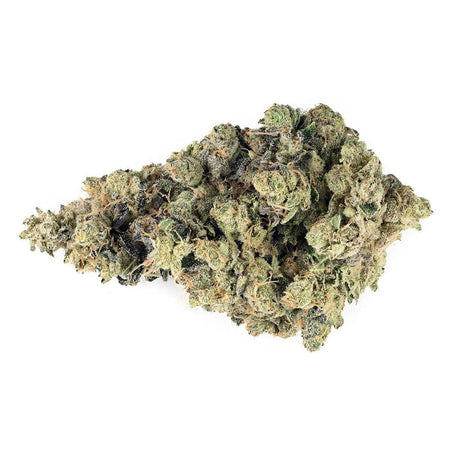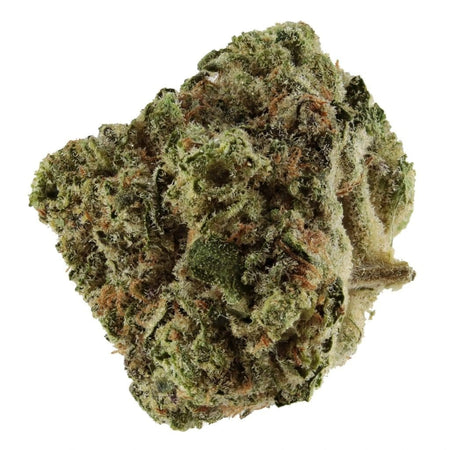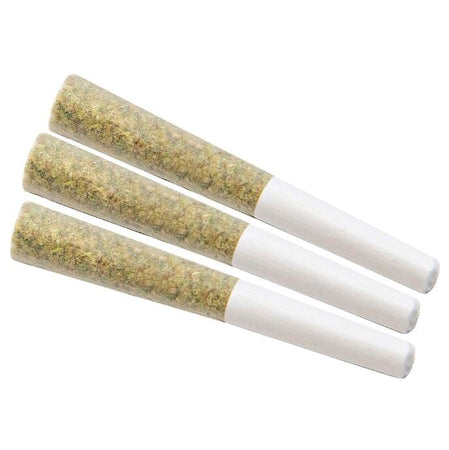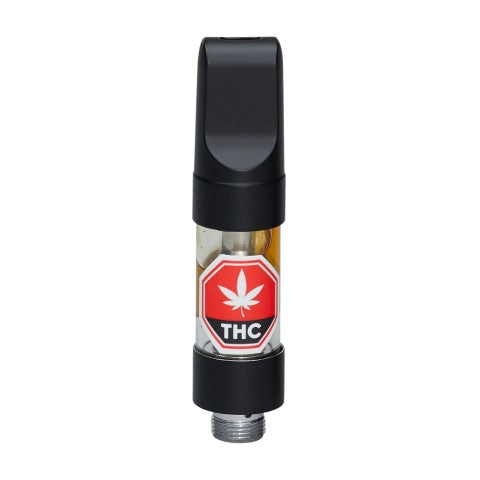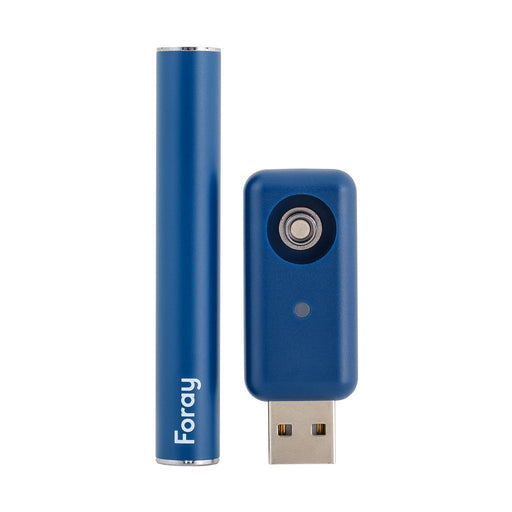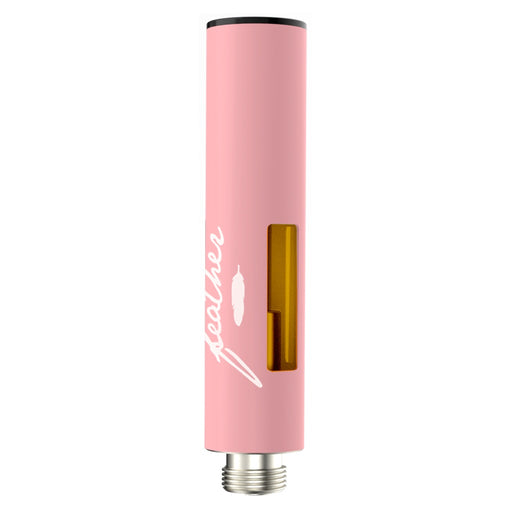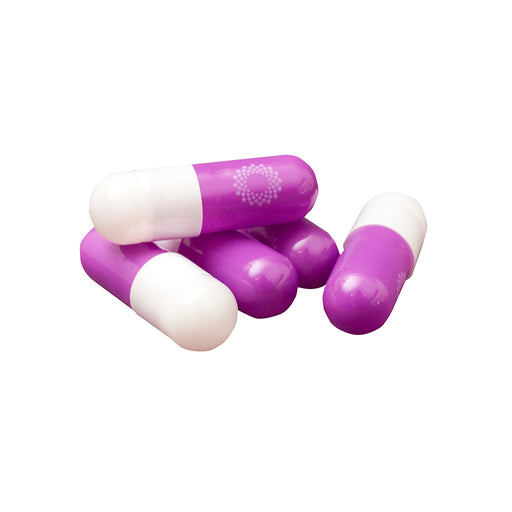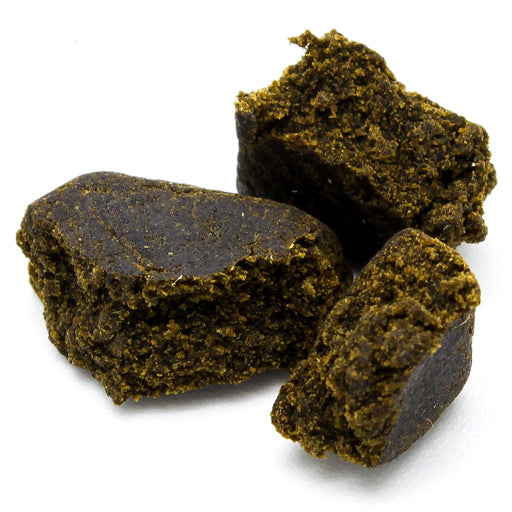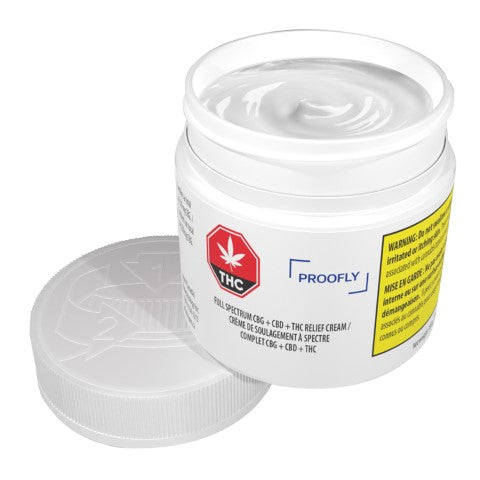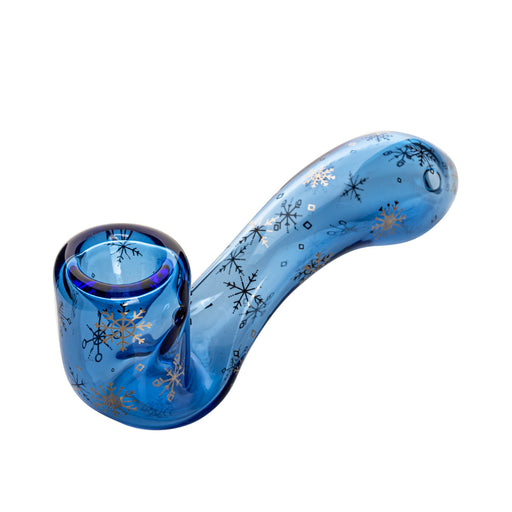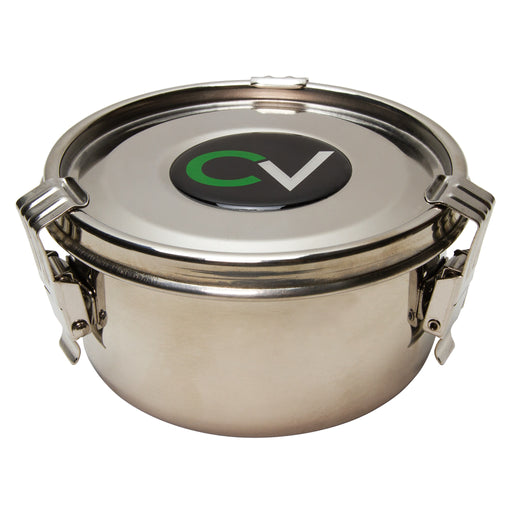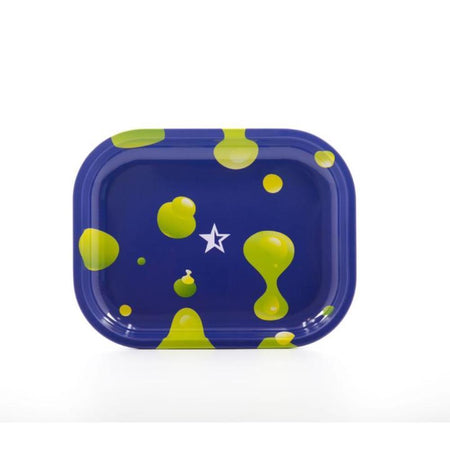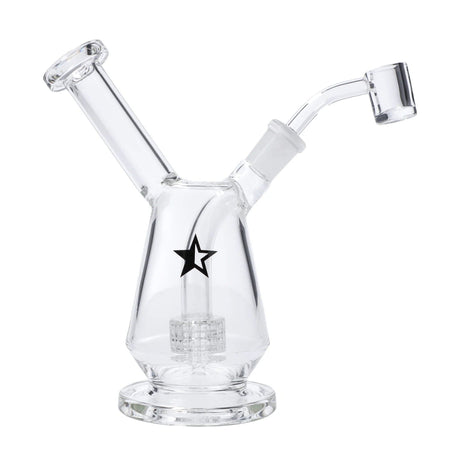The Science Behind Weed Vape Odor
The distinct aroma produced by weed vapes is a result of the intricate interplay between the mechanics of vaporizers and the chemical composition of cannabis. Unlike traditional combustion methods, vaporizers heat cannabis products to a temperature that releases active compounds without burning the material. This process, known as vaporization, significantly alters the way cannabis smells.
At the heart of cannabis’s aroma are terpenes and cannabinoids. Terpenes are aromatic compounds found in many plants, including cannabis, and they are responsible for its diverse scents, ranging from citrusy and piney to earthy and skunky. Cannabinoids, such as THC and CBD, also play a role, although their contribution to the smell is less pronounced compared to terpenes. When cannabis is heated in a vaporizer, these compounds volatilize, creating the familiar weed vape odor.
The temperature at which cannabis is vaporized can greatly influence the aroma. Lower temperatures typically release more delicate terpenes, resulting in a milder scent. Higher temperatures, on the other hand, can cause a more pungent odor due to the release of a broader spectrum of terpenes and other volatile compounds. Each temperature range yields a different aromatic profile, thus customizing the user’s experience.
The type of vaporizer used also affects the smell. Dry herb vaporizers, which heat whole cannabis flowers, often produce a richer, more complex aroma because they preserve a more complete spectrum of terpenes and cannabinoids. Oil vaporizers, which use cannabis extracts, typically emit a more concentrated but less complex scent. Wax vaporizers fall somewhere in between, offering a potent but somewhat simpler aroma. Each type of vaporizer thus contributes uniquely to the overall odor emitted during use.
Understanding these factors helps to demystify the aroma associated with weed vapes, providing insights into how users can manage and anticipate the scents produced by their devices.
Minimizing and Managing Vape Odor
Effectively minimizing and managing the smell of weed vapes begins with selecting the right vape device and cannabis product. High-quality vaporizers are designed to produce less odor and operate efficiently. Devices with advanced temperature control can help in vaporizing cannabis at optimal temperatures, reducing the release of strong smells. Ensuring that your vaporizer is well-maintained and regularly cleaned can prevent the buildup of residue, which can contribute to unwanted odors.
Choosing the right cannabis product also plays a significant role. Some strains are less pungent than others, and opting for these can help keep the aroma to a minimum. Additionally, using concentrates like oils or waxes, which often produce less odor compared to dry herb, can be an effective strategy.
Setting the correct vaporization temperature is crucial. Lower temperatures (between 315°F and 375°F) generally result in a less intense smell, as they avoid the combustion of terpenes and cannabinoids that typically produce stronger aromas. Experimenting with different temperature settings can help you find a balance between vapor production and odor control.
Environmental strategies are equally important in managing vape odor. Vaping in well-ventilated areas ensures that any smell dissipates quickly. Utilizing air purifiers can greatly enhance air quality by capturing airborne particles and reducing lingering scents. Additionally, odor-neutralizing products such as air fresheners, sprays, or even essential oil diffusers can mask or eliminate the smell of cannabis vapor effectively.
Personal habits also contribute to odor management. Maintaining good hygiene, such as washing hands and brushing teeth after vaping, can reduce the transfer of smell. Properly storing vape gear in airtight containers can prevent the spread of odors. Being mindful of the time and place when vaping, such as choosing isolated or outdoor locations, can further ensure discretion and minimize detection.
